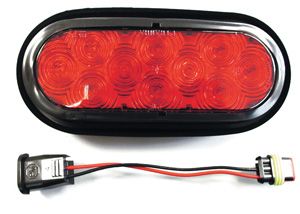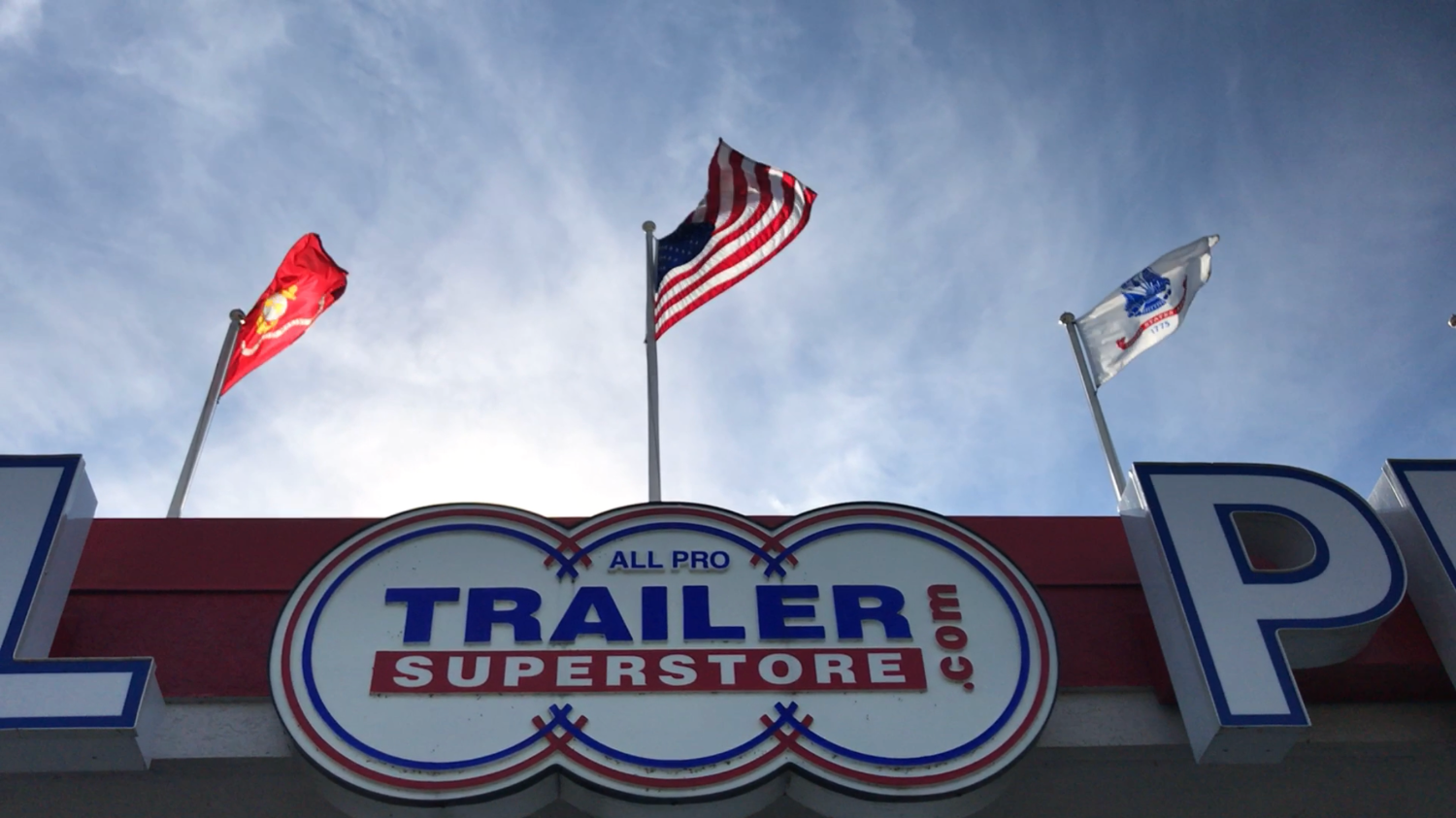Different Brake Systems in Trailers
Jun 02, 2014Last Updated on January 25, 2024 by Matthew Sholly
Last Updated on January 25, 2024 by allprotrailersuperstore
When choosing the proper trailer for your hauling needs, there are several things to factor in and educate yourself on. One of the most important pieces of your trailer set up is the braking system you decide to utilize. Three different types of brakes are predominantly used for trailers, and familiarizing yourself with the differences between each class can make you a conscious buyer. When examining trailers for sale, keep the following summary of electric, hydraulic, and air brake systems in mind:

Electric Braking Systems
Electronic breaks are the most common type found on trailers. In this setup, the brakes of the tow vehicle are directly connected to the brake system on the trailer through the installation of a controller. The controller simply relays the braking force exhibited in the tow vehicle to the brakes on the trailer. Typically, electric brakes are the preferred option over surge brakes because they offer additional control if the tow vehicle’s brakes experience problems. Since the controller can be independent of the tow vehicle, drivers could manually activate the brake controller in emergency situations to slow the entire rig.
Hydraulic Surge Brake Systems
Hydraulic surge brakes consist of an actuating cylinder that is typically incorporated within the trailer tongue assembly. In this setup, when the tow vehicle brakes, the “surge” of the trailer towards the decelerating tow vehicle compresses the surge actuator. As this cylinder is compressed, force is applied to the master cylinder and from there to the braking cylinders. Surge braking is usually quite expensive and is only absolutely necessary if you’ll be using several different tow vehicles that would each require a brake controller.
Airbrake Systems
When it comes to hauling much larger loads, airbrakes are normally used on equipment trailers moving 20 tons and higher. In this system, compressed air is stored under pressure and then delivered upon demand to the brake chambers located at each wheel or set of wheels. The brake chamber then converts the distributed air pressure into mechanical movement as it displaces a rubber diaphragm within the chamber that then extends a steel push rod. This push rod is what actually activates the foundation breaks, which through friction, then slow and eventually stop the wheels.
Shop for a Trailer with the Right Brake System
While browsing trailers for sale in your local market or on the web, knowing the difference between electric, hydraulic, and airbrake systems can ensure that you get the best setup for your haul. Electric and hydraulic methods can be used in standard situations, while airbrakes are necessary for larger cargo. Additional safety and security featured in electronic braking systems make them the appealing choice for common hauling setups.


